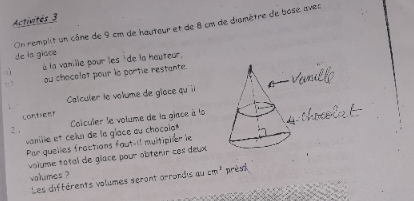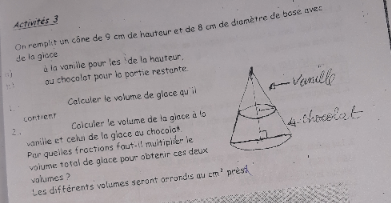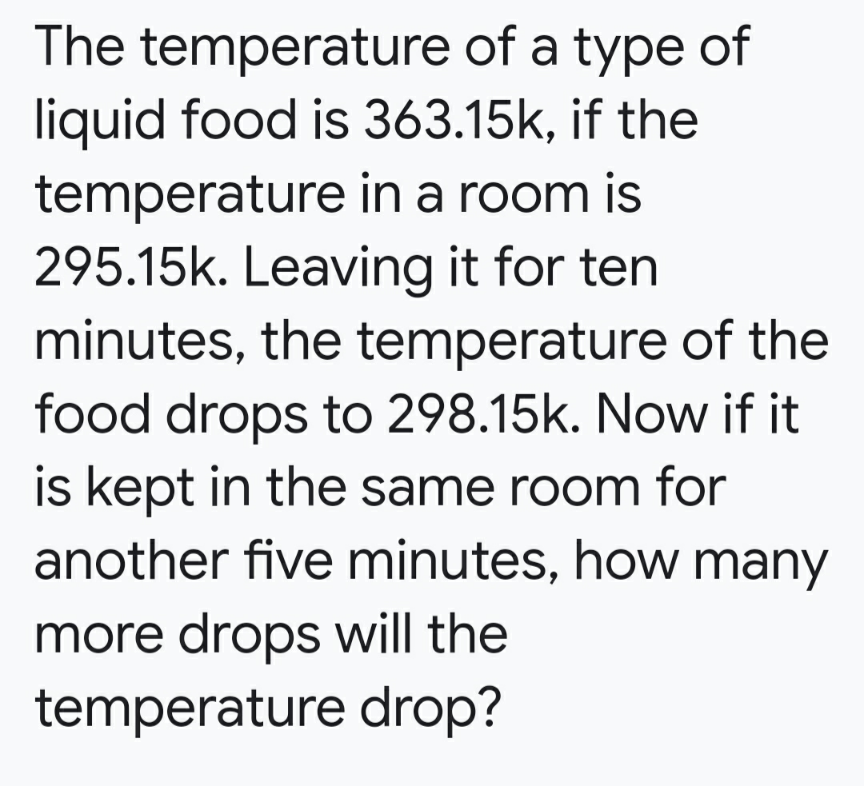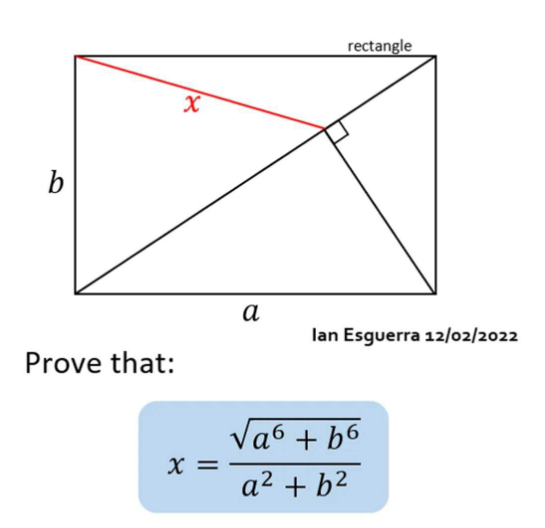
AllQuestion and Answers: Page 537
Question Number 166102 Answers: 1 Comments: 0

Question Number 166241 Answers: 2 Comments: 0
Question Number 166093 Answers: 2 Comments: 3

Question Number 166089 Answers: 0 Comments: 3

Question Number 166088 Answers: 0 Comments: 0

Question Number 166087 Answers: 1 Comments: 1

Question Number 166084 Answers: 0 Comments: 0

Question Number 166077 Answers: 0 Comments: 0
$${find}\:\int\:\frac{{cosx}}{\mathrm{1}+{cos}\left({x}\right)^{{tanx}} } \\ $$
Question Number 166082 Answers: 1 Comments: 0
Question Number 166075 Answers: 0 Comments: 1
Question Number 166070 Answers: 0 Comments: 1

Question Number 166067 Answers: 0 Comments: 2

Question Number 166180 Answers: 0 Comments: 0
Question Number 166063 Answers: 0 Comments: 2

Question Number 166058 Answers: 1 Comments: 0

Question Number 166053 Answers: 1 Comments: 1
Question Number 166049 Answers: 0 Comments: 0
Question Number 166043 Answers: 0 Comments: 5
Question Number 166036 Answers: 2 Comments: 2

Question Number 166033 Answers: 1 Comments: 1

Question Number 166009 Answers: 1 Comments: 4
Question Number 166007 Answers: 1 Comments: 1

Question Number 166006 Answers: 0 Comments: 0
Question Number 166017 Answers: 0 Comments: 0
Question Number 166015 Answers: 0 Comments: 0
Question Number 166012 Answers: 1 Comments: 1

Pg 532 Pg 533 Pg 534 Pg 535 Pg 536 Pg 537 Pg 538 Pg 539 Pg 540 Pg 541
